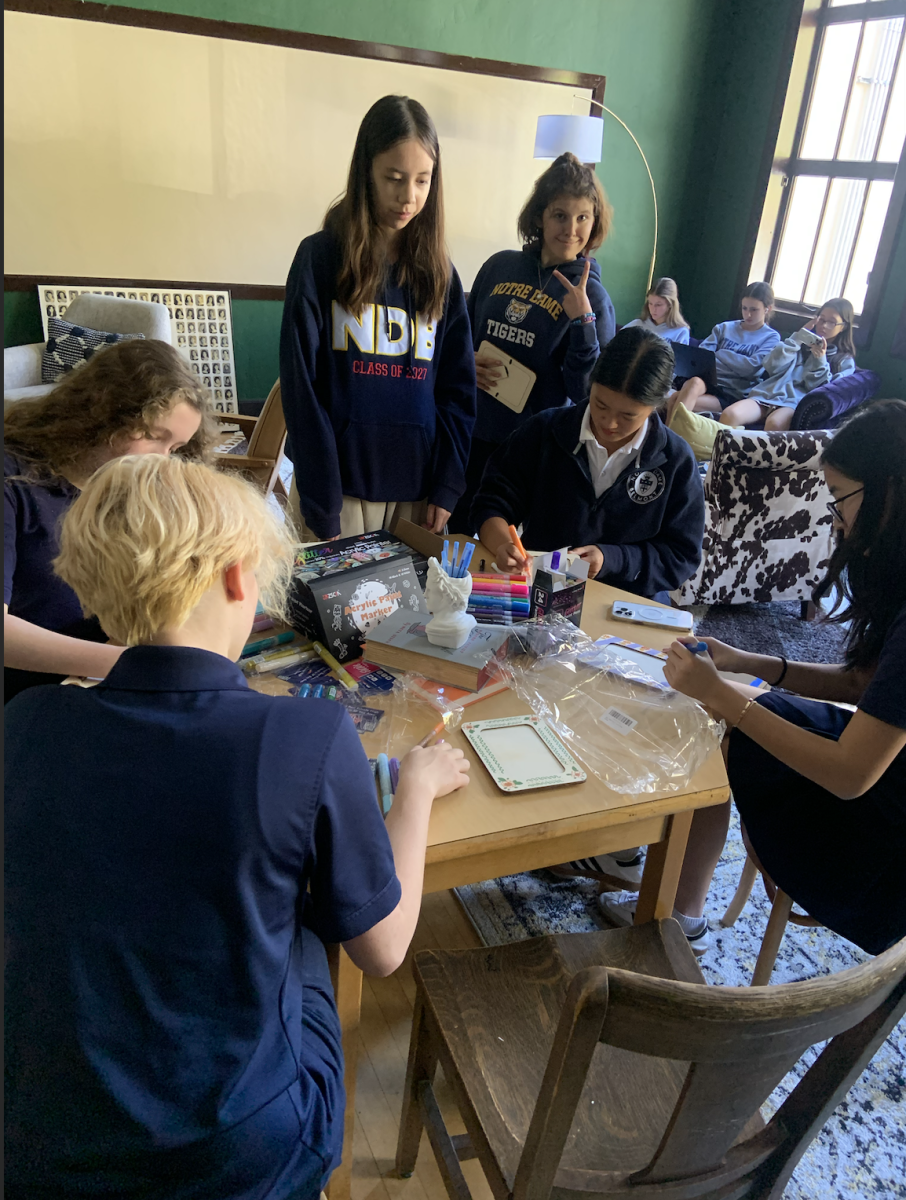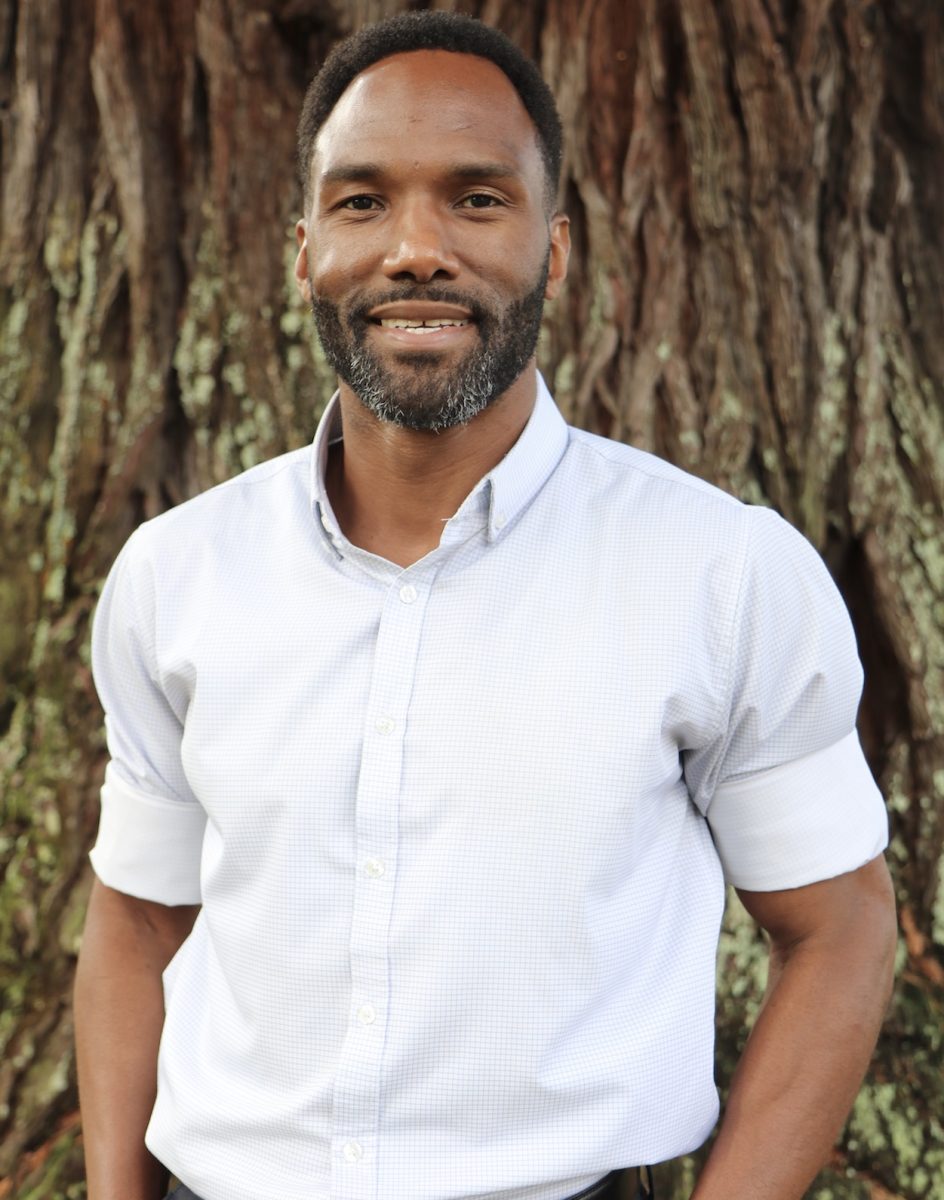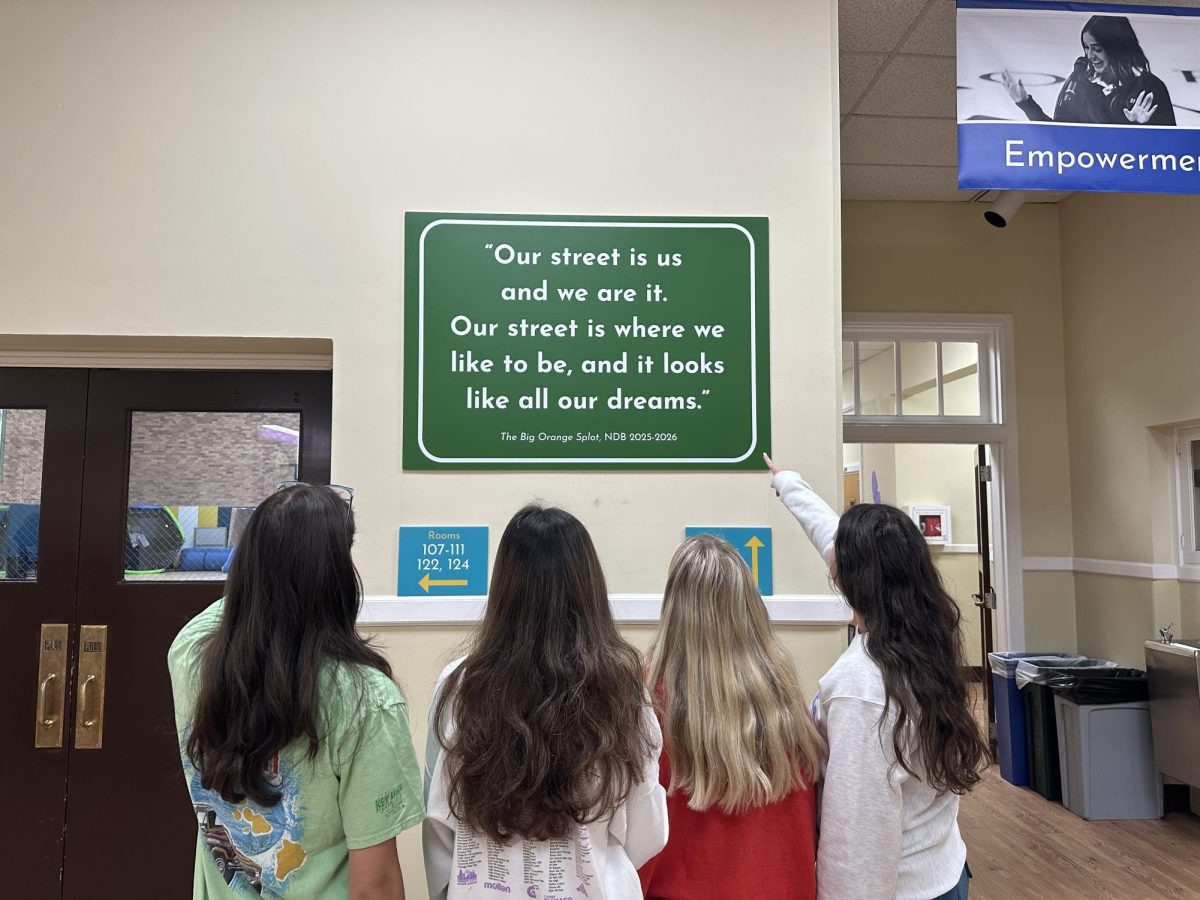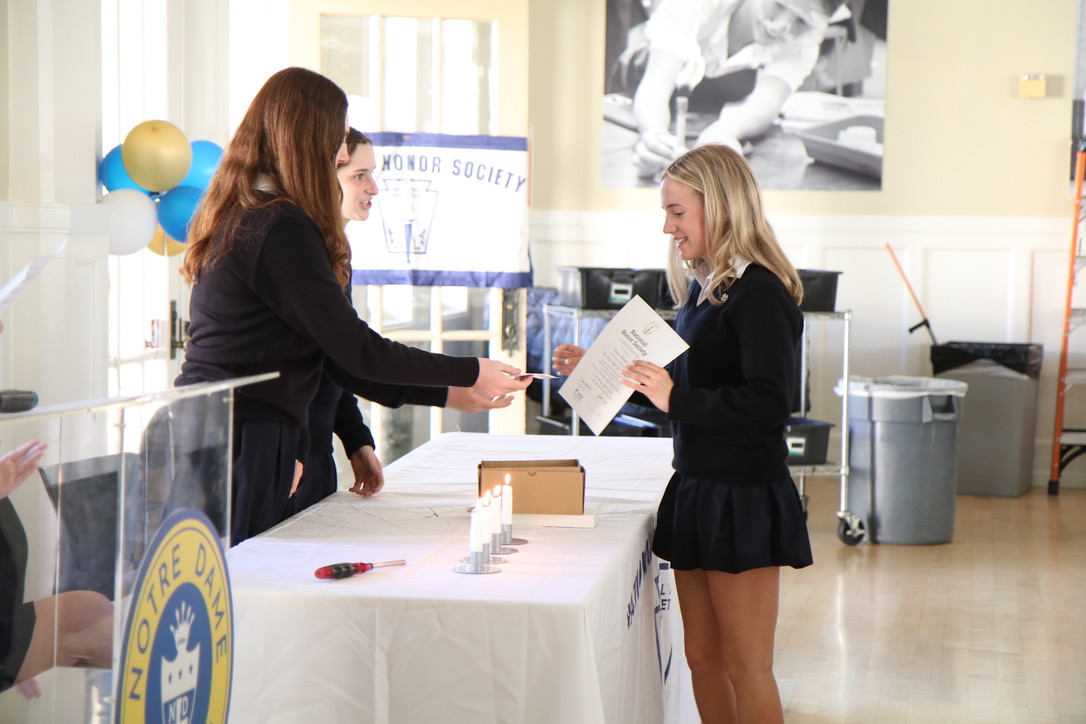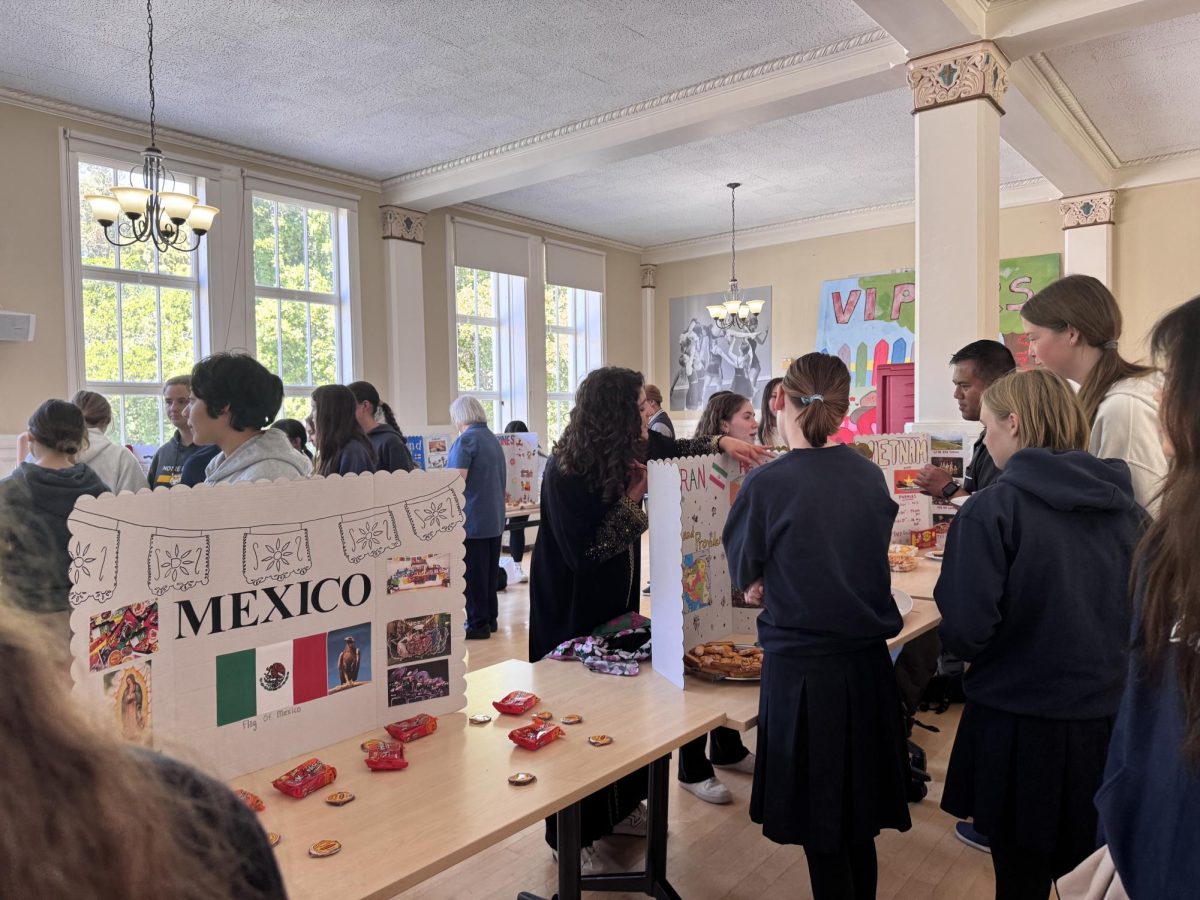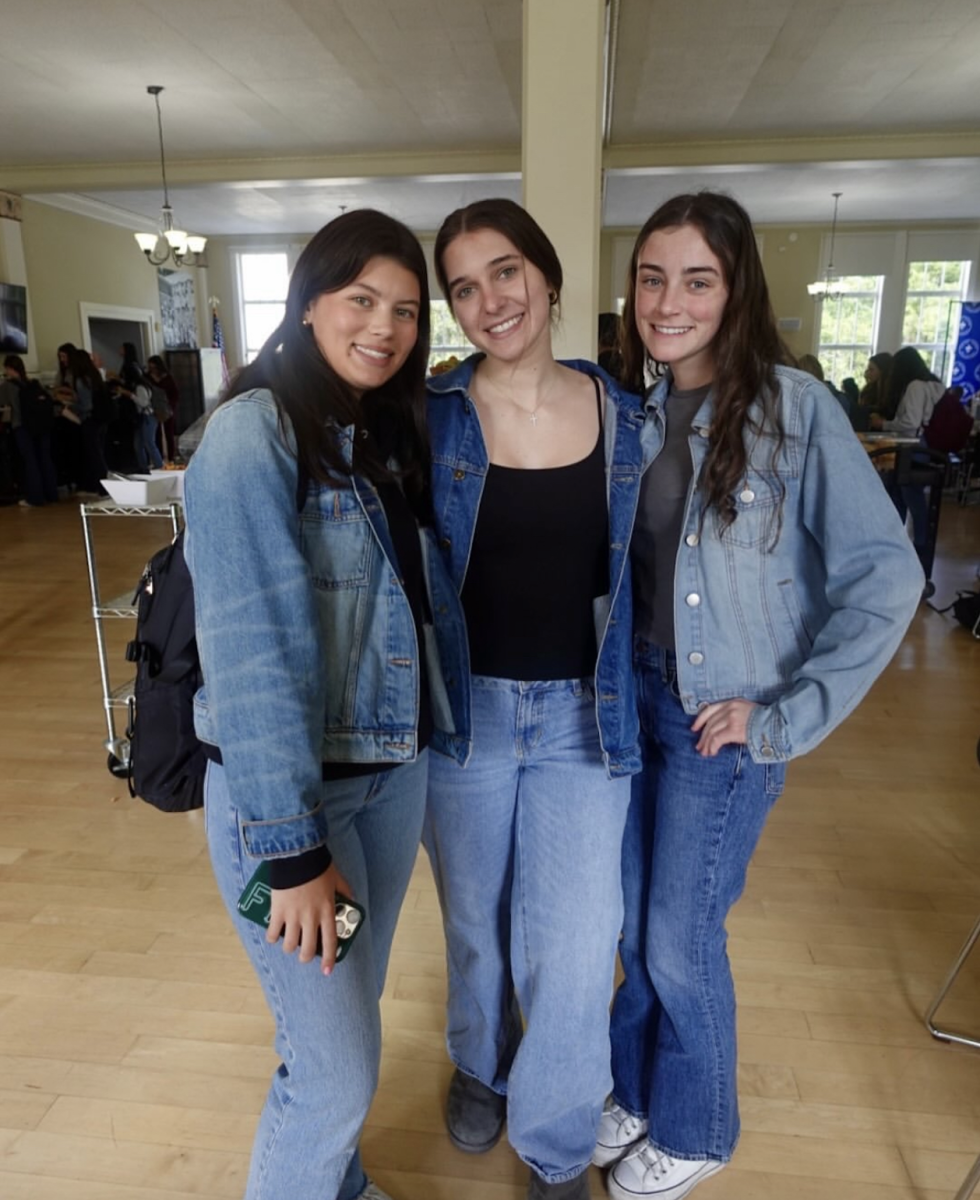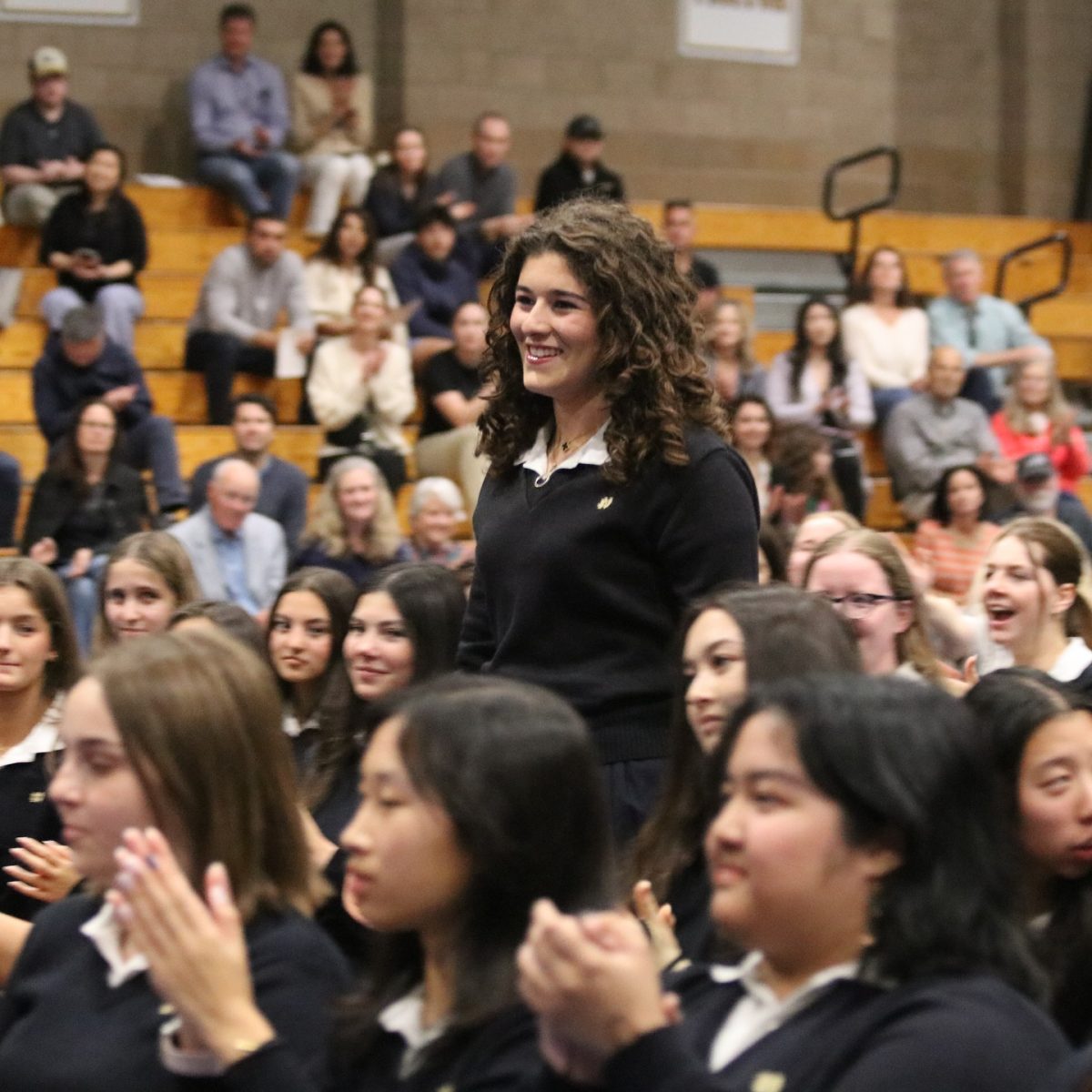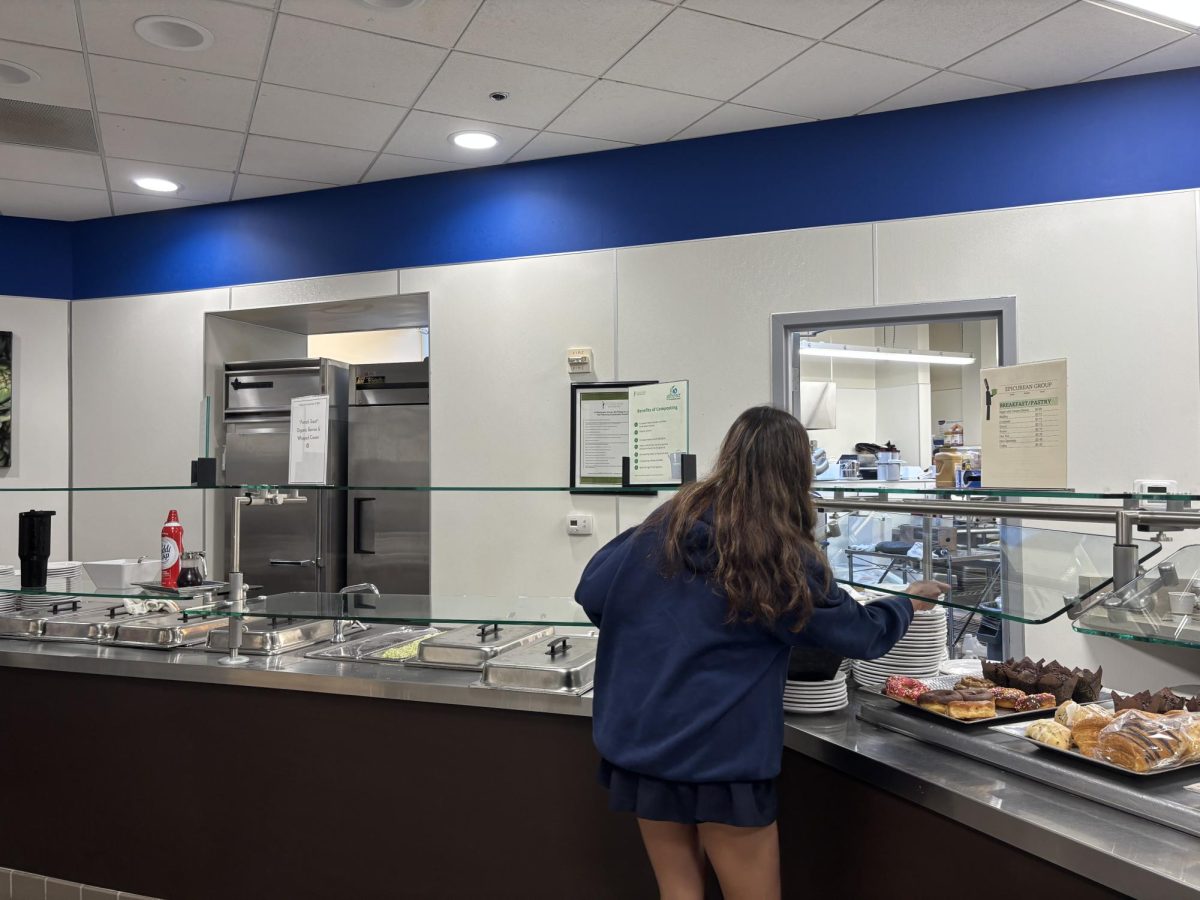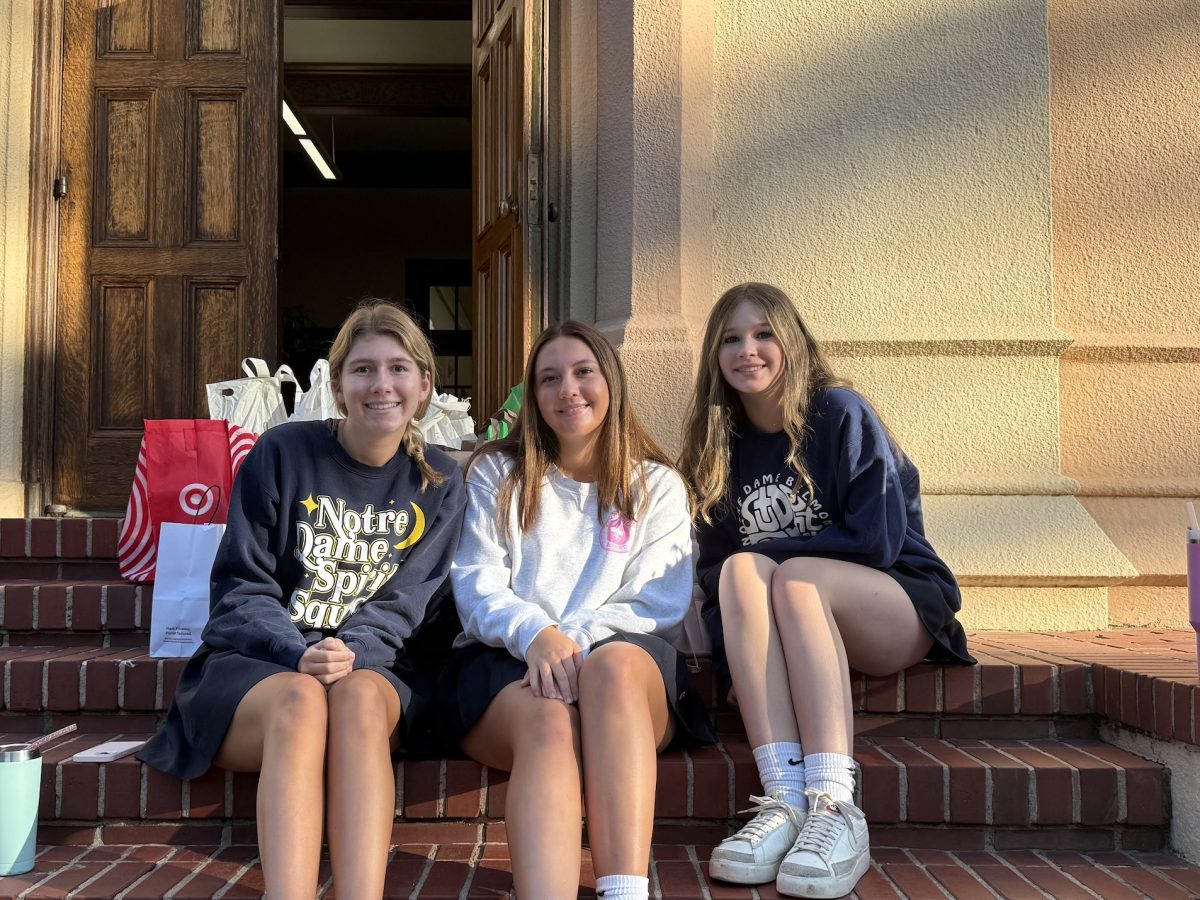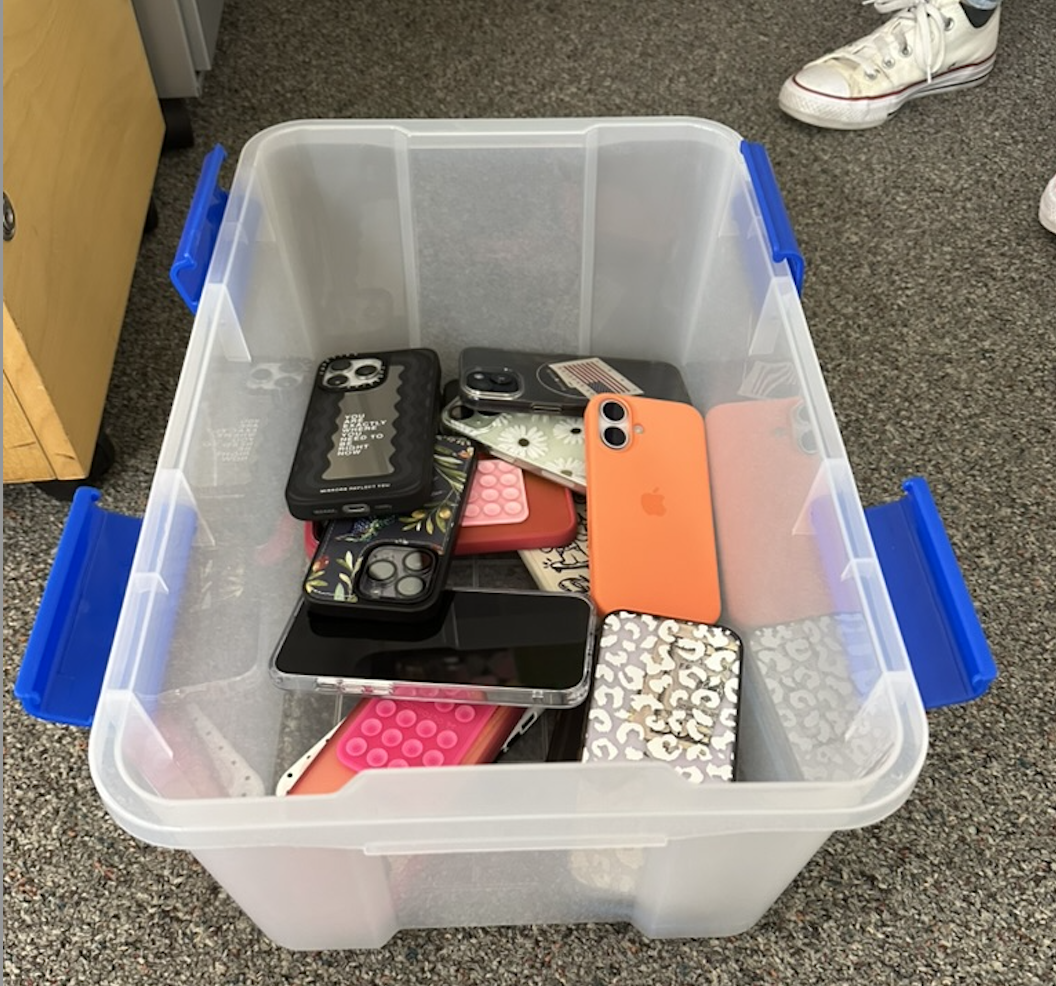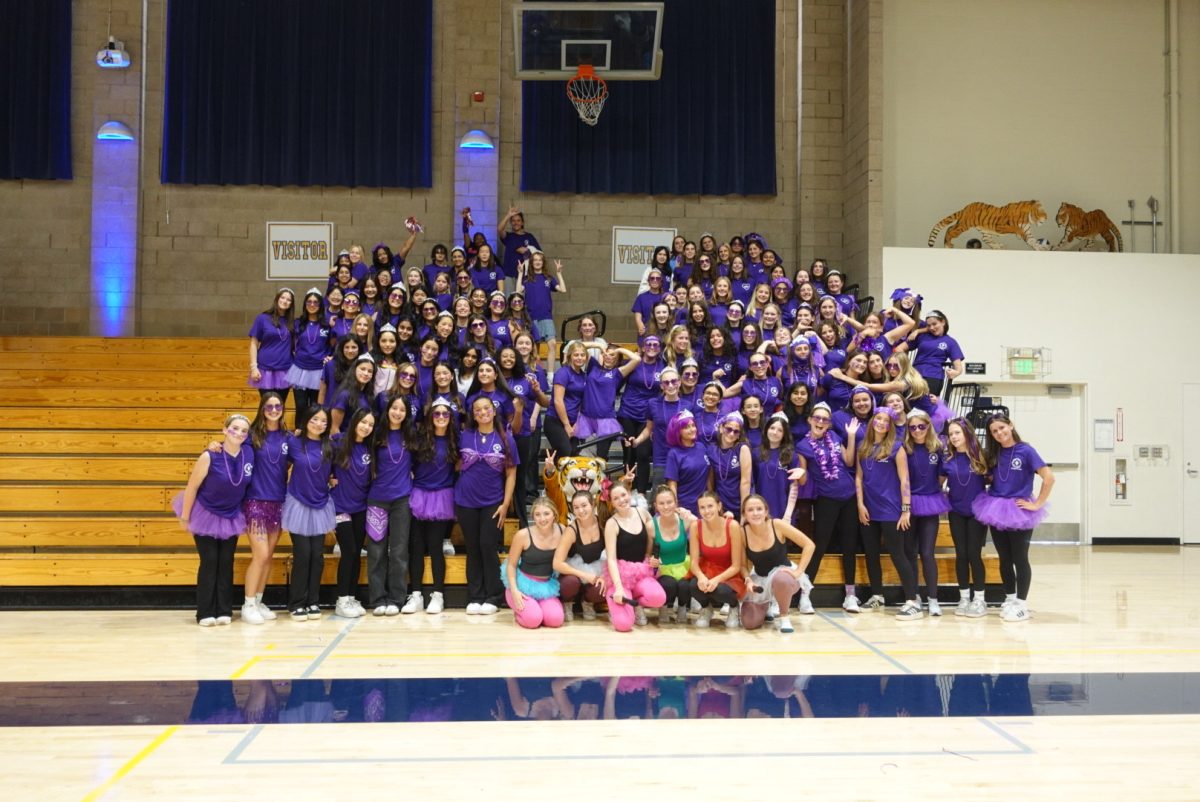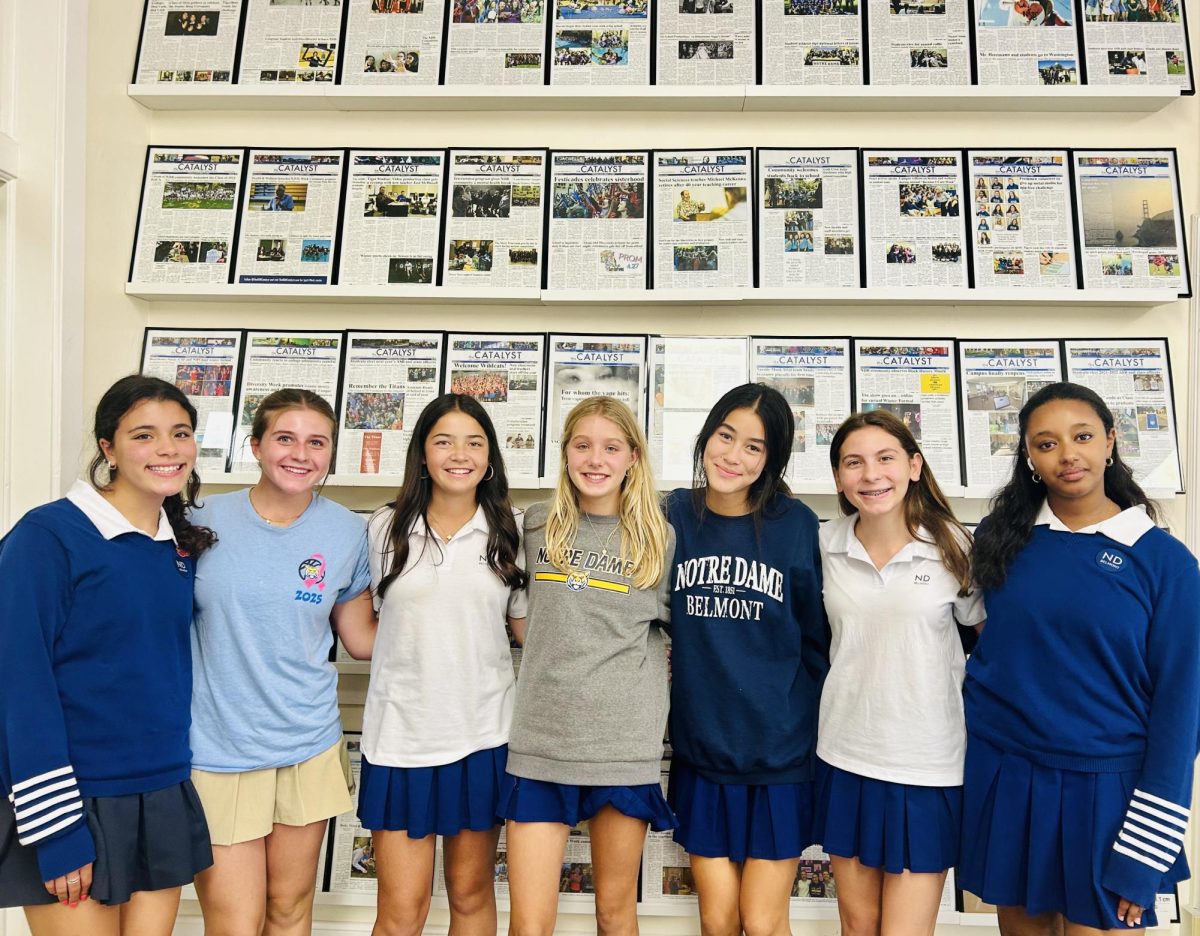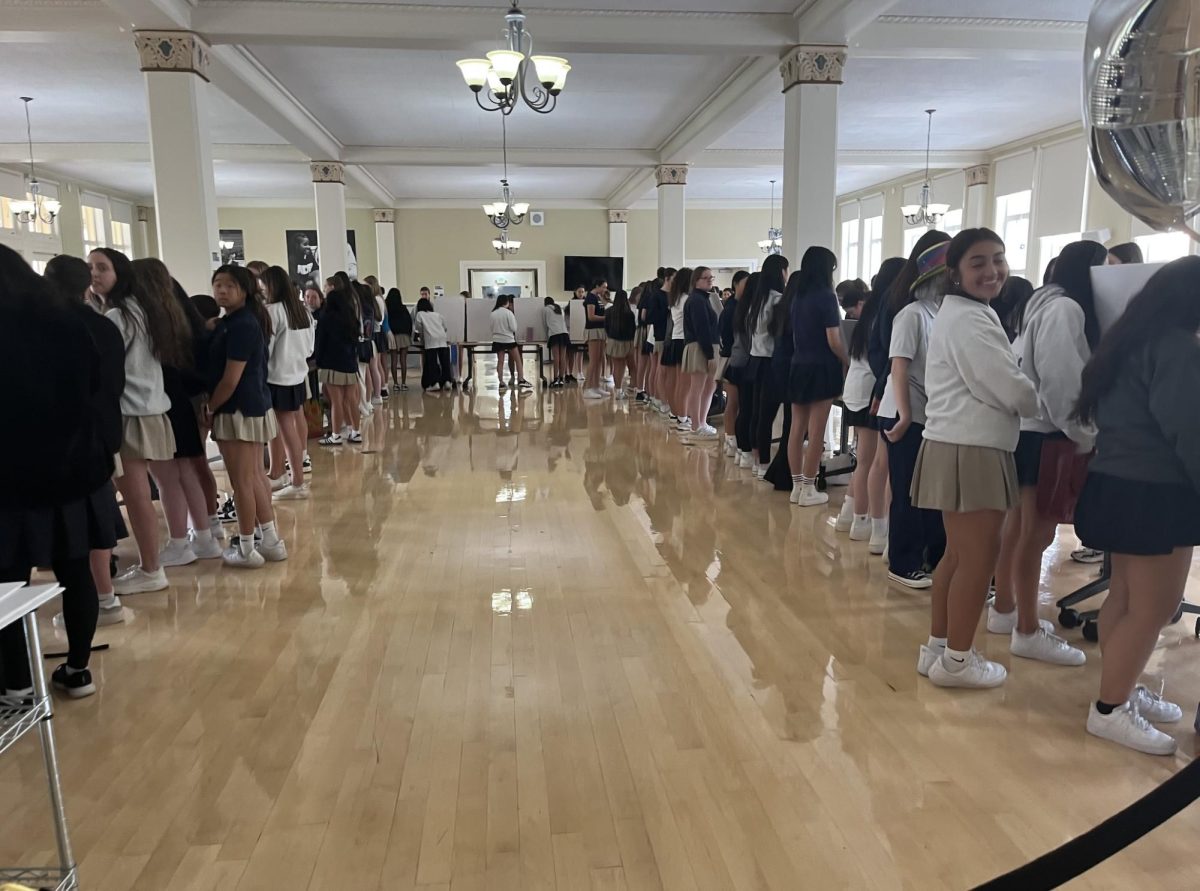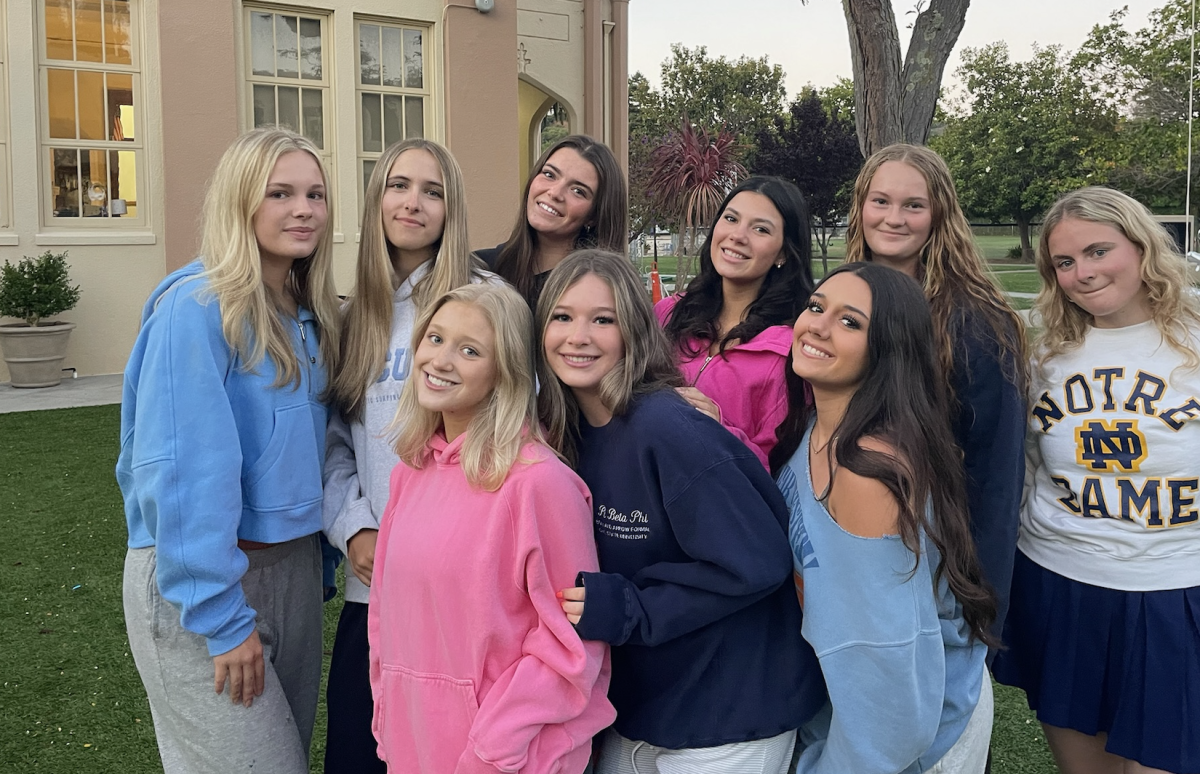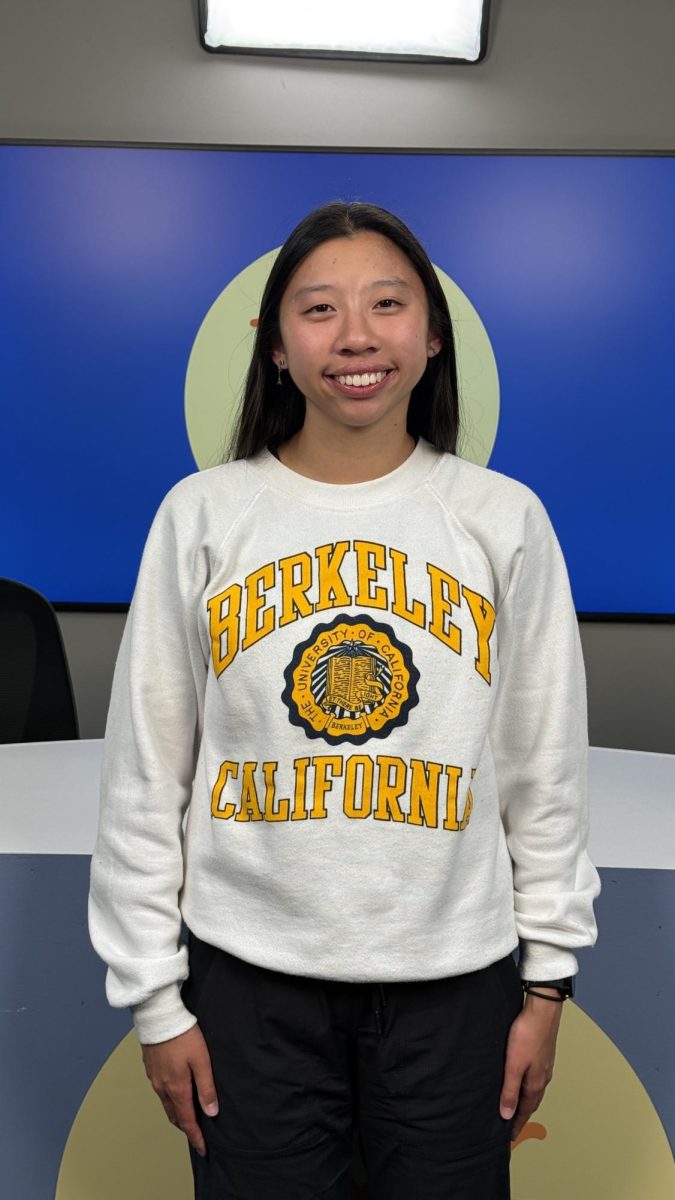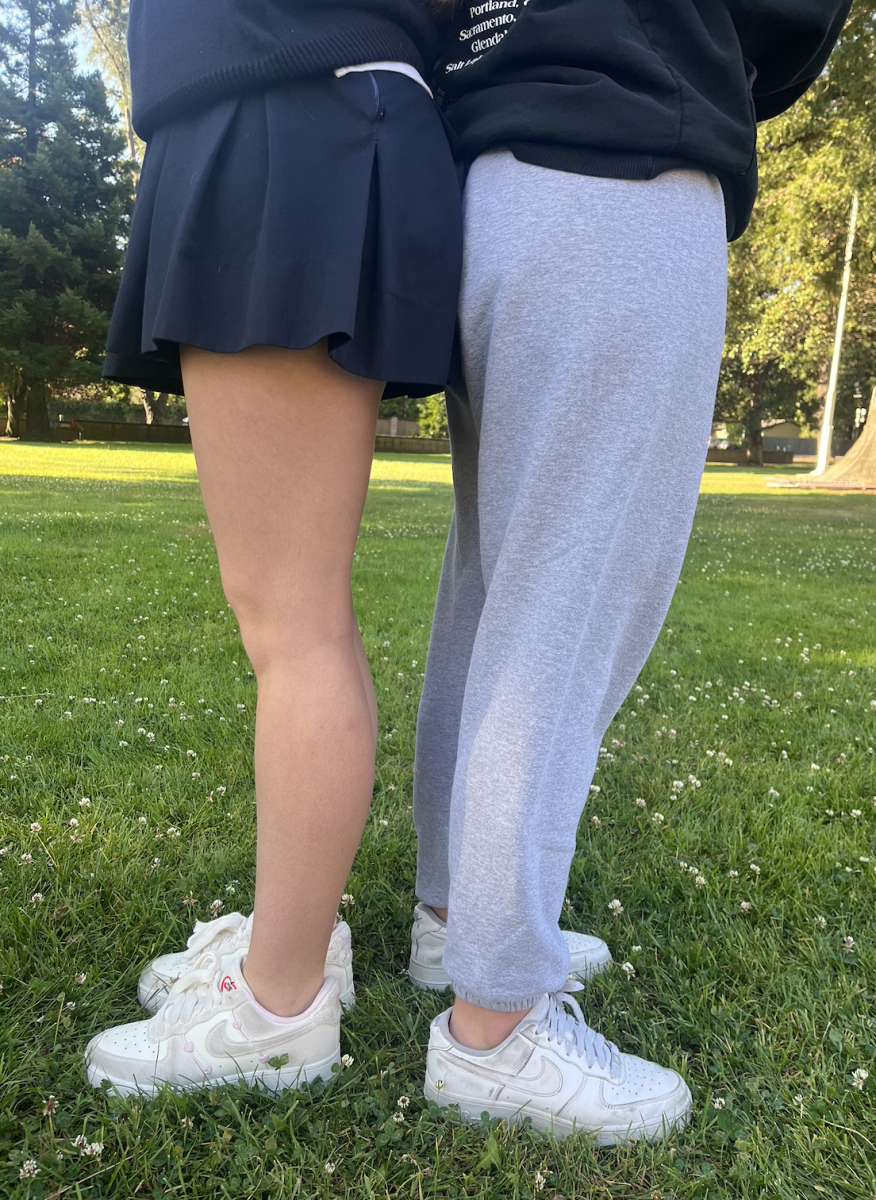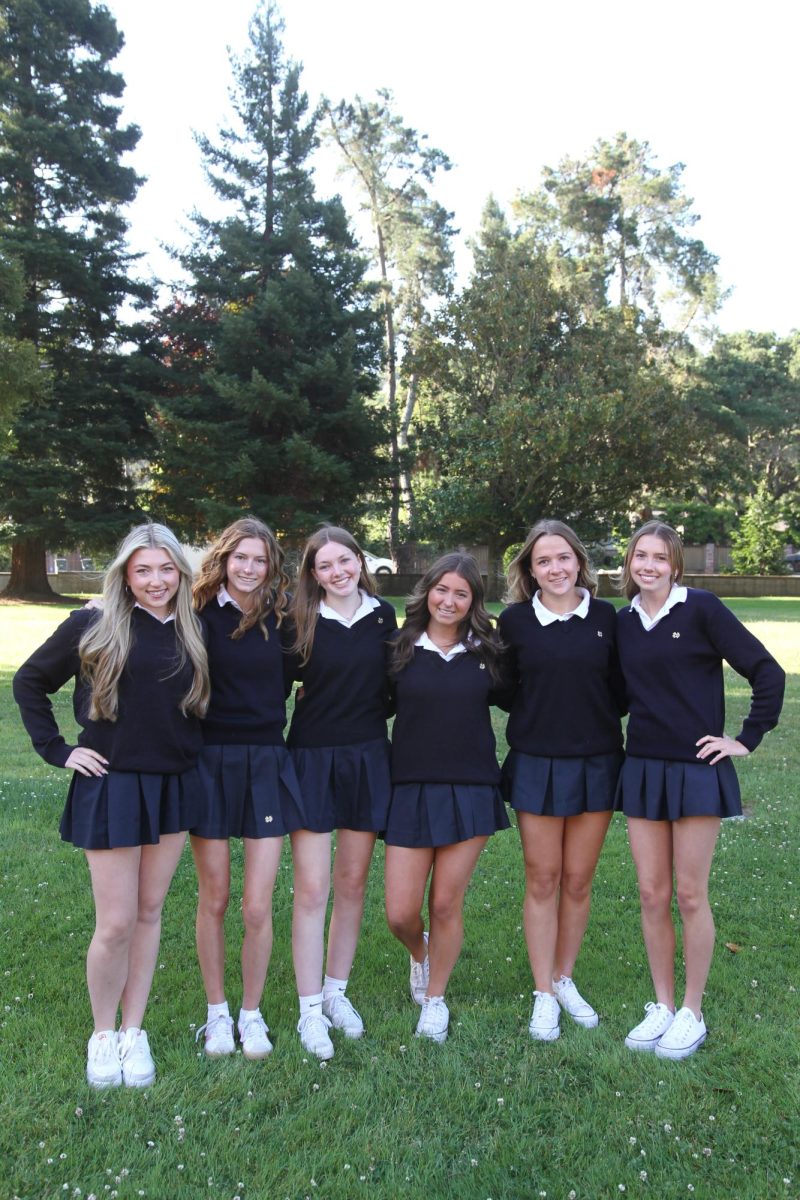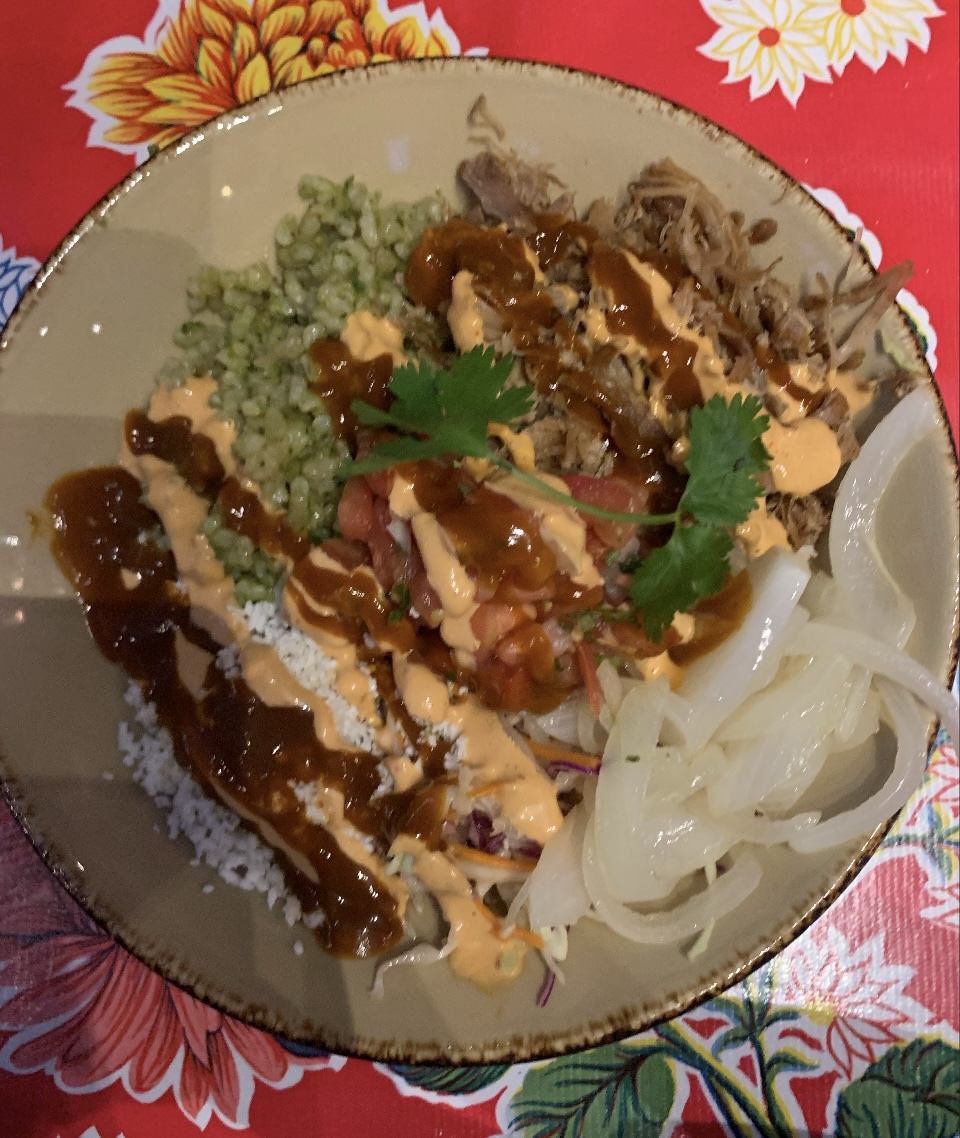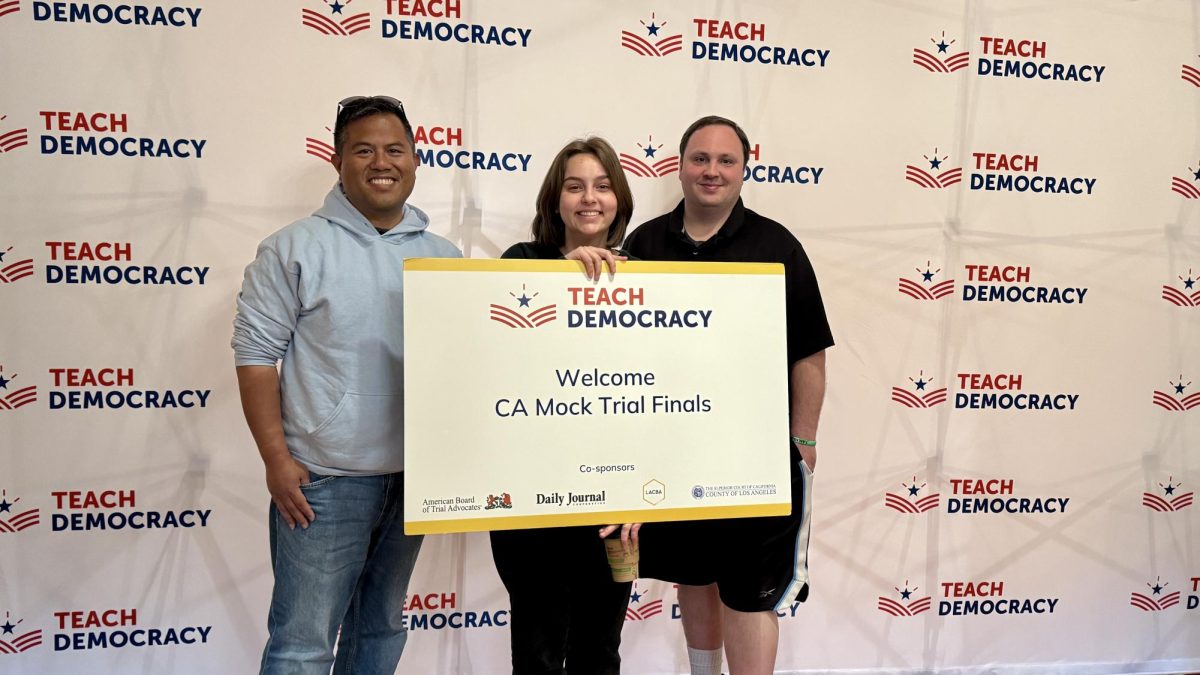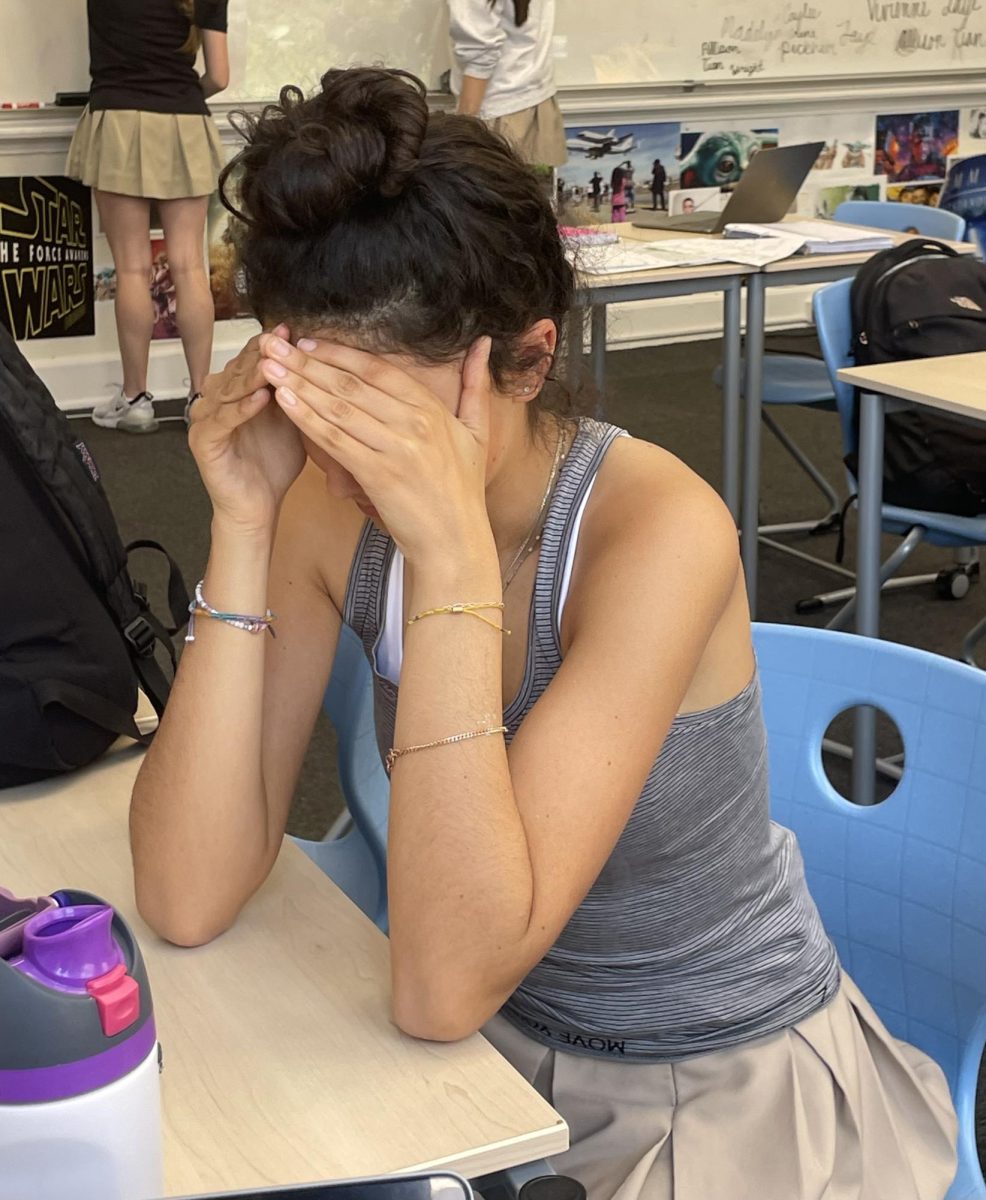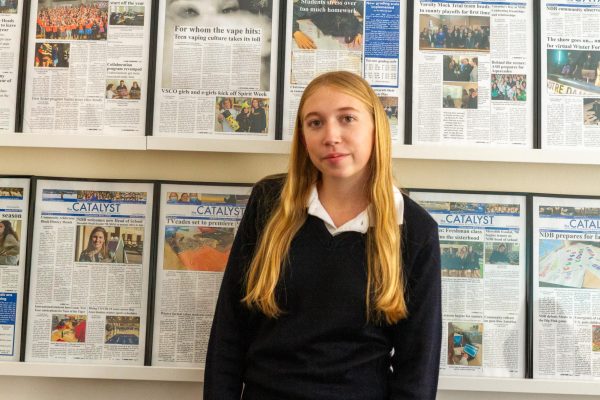Day of the Dead is a holiday that celebrates the memories of friends and family who passed away. Many people celebrate this day through food, music, lights, decorating and offerings.
Typical foods eaten on this day include, Pan de muerto, sugar skulls and tamales. Some of the traditions on Day of the Dead are building altars, visiting graves, celebrating with family members, sharing memories and praying. The holiday is not exclusively for Latinex individuals and is open to everyone.
At NDB, Spanish classes are going to make crafts, visit the ofrenda, and learn about the Day of the Dead. An ofrenda is an altar built to honor loved ones that have passed away. Students can visit the ofrenda, put pictures of their loved ones who passed away and put a short phrase or meaningful date.
The I am Diverse Club held a meeting where students decorated frames so students could put pictures of their loved ones on the alter. Spanish Teacher Kathryn Blanchard does not celebrate but when she lived in Ecuador her host family there did celebrate and they would go to the cemetery, clean graves, have special food and get together as a family.
Blanchard also shared what NDB’s Spanish classes are doing to recognize the holiday.
“Within our Spanish classes, we always celebrate with special activities and crafts, usually it’s part of our mass the day after Halloween and oftentimes epicurean too, will have something kind of related to Day of the Dead” said Blanchard.
World Language Teacher Anna Gavidia is also going to celebrate Day of the Dead by attending a mass on Saturday at the cemetery where her mom is buried. A common stereotype about the Day of the Dead, she shared, is that some people believe it is similar to a Latino Halloween, which is very different from Halloween. In her class, they talk a lot about comparing and contrasting the practices and beliefs behind Day of the Dead.
Gavidia said, “there is definitely is a misconception of combining of Halloween with the Day of Death, because, in the US, the Day of the Dead is not celebrated unless there’s a very strong Hispanic community and so the costumes for Halloween, specifically La Katrines and El Catherines, are usually used for Halloween, which is a complete cultural appropriation and misunderstanding of what they both mean.”
In Gavidia’s class, students are also learning about La Catrina, the icon of the Day of the Dead. The holiday also serves as an opportunity for NDB students to learn about certain traditions and symbols used on the day.
The Coalition and Hallmarks in Action board will be hosting a Dia de los Muertos event, where students can learn about this day. Earlier, the Coalition hosted a cumbia, salsa and bachata dance tutorial, where students learned new dances that have Hispanic history which can be a fun way to learn about other cultures.
NDB students get to learn about this day and celebrate with the fun activities NDB has to offer.

